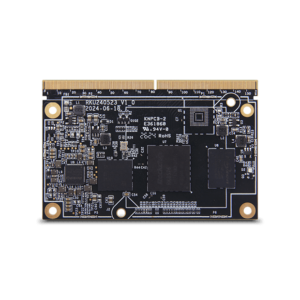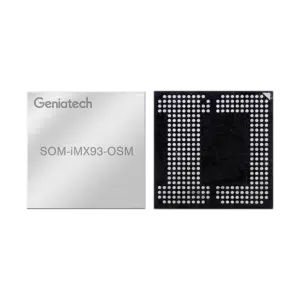System on Module vs. Traditional Development: Which Is Right for You?
System on Module vs. Traditional Development: Which Is Right for You?
Blog Article
The rapid progress of technology has driven substantial inventions in stuck techniques, among that will be the system on module manufacturers Working as a connection between custom electronics and off-the-shelf adventures, the SoM is redefining how developers method stuck process design. This website shows the fundamental comprehension of a System on Module and their growing purposes in a variety of industries.

What is a Process on Element (SoM)?
A Process on Module (SoM) is a compact, ready-to-use board that integrates all the key the different parts of something on a single module. That generally includes the processor, memory, power administration models, and sometimes extra peripherals like Wi-Fi or Ethernet. Unlike a conventional single-board computer, an SoM does not have ties and software locations pre-installed, meaning it must certanly be along with a service panel to make an entire system.
Made to improve progress workflows, the modular nature of an SoM allows designers to skip the elaborate means of planning and building every person portion from scratch. By adopting an SoM, organizations can focus more on the application-specific characteristics of the products.
Features of Applying Program on Element
The integration of a whole program on one element gifts many benefits. First, it considerably decreases enough time required for solution development. Pre-tested modules assure balance, keeping months of work for executive teams.
Additionally, the scalability of an SoM allows firms to regulate performance degrees predicated on project requirements. As an example, a low-cost option can simply range in to a high-end product by replacing the model in the element while preserving the copyright board design. This approach reduces engineering dangers while selling long-term cost-efficiency.
Finally, the reliability of an off-the-shelf component guarantees high compatibility with existing tools and frameworks, rendering it suitable for both small startups and large enterprises looking to to enter the market quickly.
Essential Purposes of SoM in Embedded Systems
The use of Program on Segments spans several high-demand industries including however, not restricted to medical units, automation, and client electronics.
Medical Devices
Precision and reliability are paramount in healthcare. System on Segments with secure handling features are stuck in displays, imaging products, and lightweight diagnostic tools.
Commercial Automation
Sturdy and energy-efficient, an SoM is essential for commercial get a handle on techniques and autonomous robotics. Its scalable structure supports high-speed data handling and IoT connectivity.
IoT Units

Client products like clever thermostats, wearable units, and actually home assistants incorporate an ultra-compact System on Element for easy performance.
The System on Module continues to achieve footing because of its reduced difficulty and versatility, cementing itself as a future-proof option in the stuck programs sphere. Market leaders are actually leveraging these modules, and their scope is likely to expand even more as engineering evolves.
Report this page